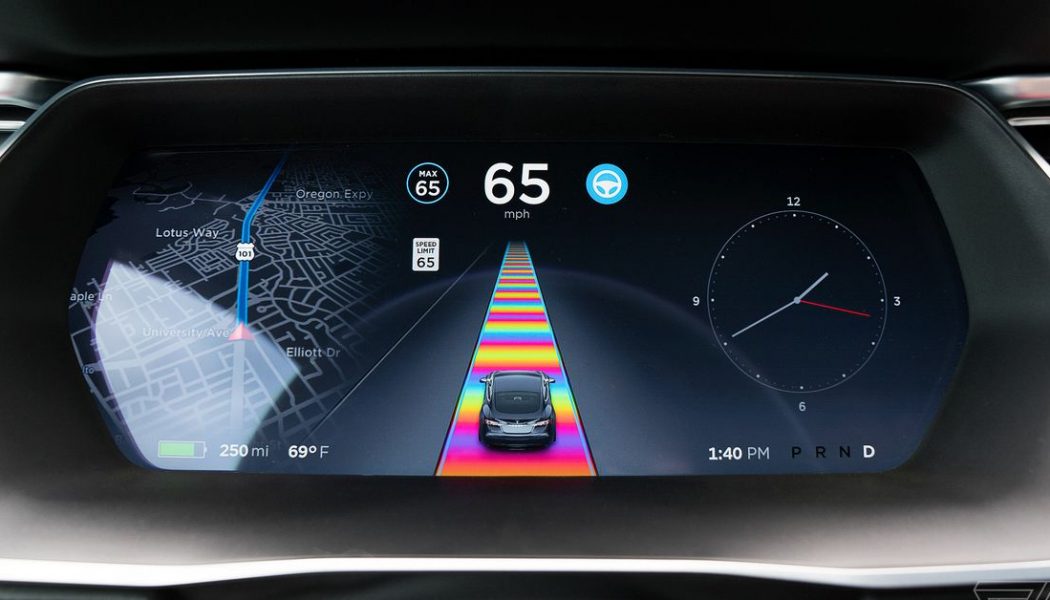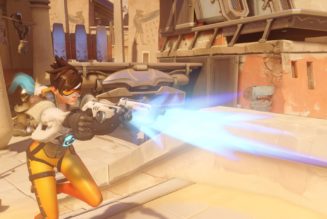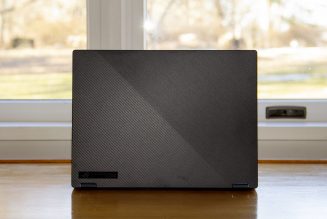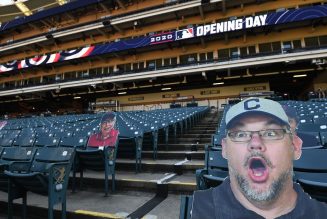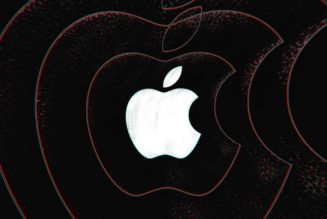
Tesla is raising the price of the top tier “Full Self-Driving” version of its Autopilot driver assistance package by around $1,000 on July 1st, CEO Elon Musk announced on Twitter this week. The company has done this before — a few times. It will probably do it again.
The “Full Self-Driving” package, to be clear, does not yet make Teslas capable of driving without human intervention. Right now, it gives customers access to a series of incremental improvements to Autopilot. But Musk believes the value of the feature, which currently costs $7,000, is higher. Much higher, in fact, once the work on the software is complete.
“[The] price will continue to rise as the software gets closer to full self-driving capability with regulatory approval. It that point, the value of FSD is probably somewhere in excess of $100,000,” he tweeted Monday.
That may seem like a lot because Tesla’s cars — again — aren’t currently capable of actual “full self-driving.” Autopilot can center a Tesla in a lane, even around curves, and adjust the car’s speed based on the vehicle ahead. The “Navigate on Autopilot” feature can suggest — and perform — lane changes to get around slower vehicles, and steer a Tesla toward highway interchanges and exits. Another feature can slow a Tesla to a stop at traffic lights and stop signs.
Autopilot can’t perform some of these tasks if a road’s lane markers are faded or missing, and it can’t make turns. The driver must have a hand on the wheel at all times, too, or else Autopilot will flash a series of warnings before ultimately disengaging entirely.
But when those features work in concert, it can feel like the car is driving itself, making it easier to understand why Musk believes the price should keep going up.
There’s another reason Musk thinks the ultimate value of Autopilot is so high. He has promised that once Tesla’s cars are able to drive themselves, the company will leverage that capability into a “robotaxi fleet.” The goal is to make it so that each Tesla customer’s car can double as an autonomous vehicle that other people can hail while the owner isn’t using it.
Not only would operating a robotaxi service generate more revenue for Tesla, but Musk has said this would allow owners to make as much as $30,000 a year as well. In fact, Musk believes the value of this idea is so high that he’s talked about raising the sticker price of Tesla’s cars, not just the cost of the Full Self-Driving package.
“[C]onsumers will still be able to buy a Tesla, but the clearing price will rise significantly, as a fully autonomous car that can function as a robotaxi is several times more valuable than a non-autonomous car,” he said last year.
Turning Tesla’s products into money-making machines is a recurring theme. For instance, Musk has likened the company’s solar panel leasing option to putting a “money printer on your roof.”
Musk is also expected to present a cheaper, longer-lasting battery co-developed by Tesla at an upcoming “battery day” event for investors. People who follow Tesla closely expect that he may also talk about using that new battery’s extra capacity and resilience to sell energy back to the electricity grid, creating another potential revenue stream for owners and, possibly, the company. This is something the company already does this with its home battery storage products.
This is what tech companies have done for years: create streams of recurring revenue by selling customers on services, not just hardware. Giants like Apple make tens of billions of dollars a year on services like iCloud and Apple Music alone. Tesla’s going a step further: its customers can also get in on the action.
There is a compelling financial reason for Tesla to keep increasing the price of the Full Self-Driving option as well. When a customer pays $7,000 for the Full Self-Driving option at the time they buy their vehicle, Tesla only counts about half of it as revenue. The other half becomes “deferred revenue,” which is basically a pile of money that Tesla can recognize on its balance sheet at a later date.
When the company rolls out a new feature, like Navigate on Autopilot, or Traffic Light and Stop Sign Control, it can count some of that deferred revenue as actual revenue during that financial quarter. It’s unclear how exactly Tesla calculates the value of each new feature, but the company finished the first quarter of 2020 with $1.2 billion in deferred revenue. For a company that constantly lives on the edge of profitability, the ability to pull from stores of cash like this can mean the difference between whether it finished a particular quarter in the red or the black. (The company does something similar with the money it makes selling regulatory credits to other automakers.)
Musk boasts often about how Tesla has changed the way people buy cars, and for good reason. Tesla customers buy vehicles directly from the company — something that’s still illegal in a number of states — and can even do so in just a few seconds through a web portal that’s so simple it makes going to a dealer feel prehistoric.
But each time Musk raises the price of features like the Full Self-Driving package while dangling promises like revenue-generating robotaxis, it becomes more clear that Musk is changing the car-buying experience in an arguably far more interesting way: he’s turning his company’s customers into speculators, too. If Tesla delivers on the promises it’s making, it could stand to make a lot more money than it does now. But even if it doesn’t, or it takes longer than expected, Tesla has found a way to fill the piggy bank in the meantime.
